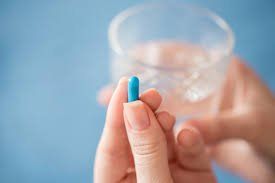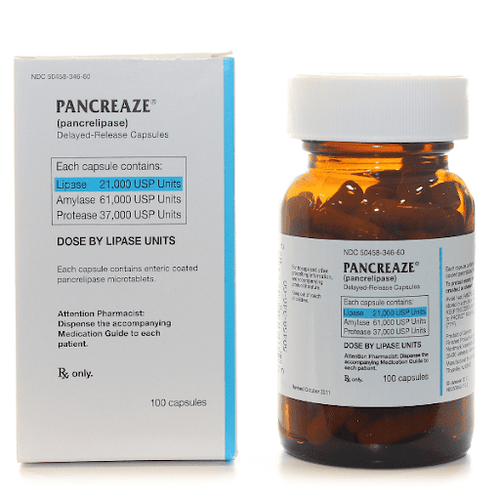This is an automatically translated article.
Posted by Doctor, Doctor Ho Thu Mai - Head of Nutrition Department - Vinmec Times City International HospitalEnergy plays an important role in rebuilding the body's tissues, maintaining body temperature, growth and other activities. Accordingly, each energy-generating substance will have a role with different dosage requirements from food sources.
1. Protein (protein)
Protein is one of the most structurally complex macronutrients and is an organic nitrogen-containing compound. The building blocks of proteins are amino acids. The body's need is not only for proteins but also for the right ratio of amino acids that make up those proteins to replace protein in the body. There are 9 essential amino acids that the body cannot synthesize on its own. If one of these essential amino acids is lacking, even if the body has an adequate supply of protein, it still cannot synthesize protein for the body.
1.1. The role of proteins
Maintains and develops tissues, and forms the basic substances of life. Participates in the transport of nutrients and stimulates appetite. Regulate water metabolism and acid-base balance in the body. Protects the body against infection by the immune system. Provide energy for the body: 1 gram of Protein provides 4 Kcal. Regulate body's activities: Protein participates in all activities of regulating metabolism, maintaining fluid balance.
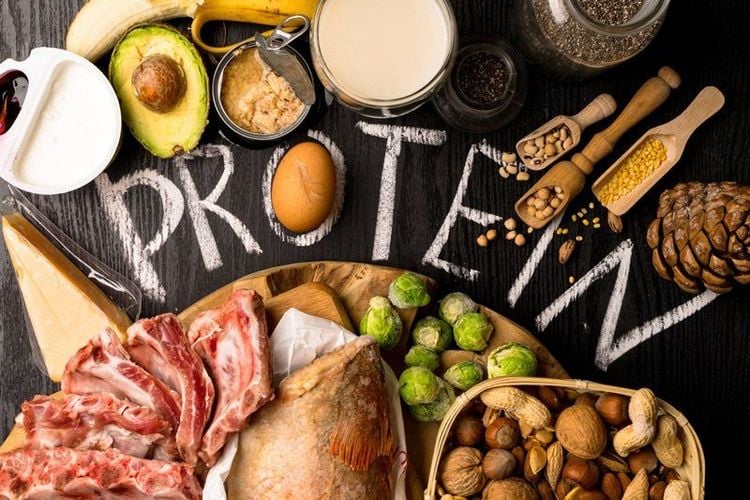
Protein đóng vai trò quan trọng trong quá trình sản sinh năng lượng của cơ thể
1.2. Protein needs of the body
Scientists have estimated that the protein requirement to maintain body activities is 0.66g/kg body weight/day. Protein requirements vary greatly depending on age, weight, sex, physiological conditions such as pregnancy, lactation, ... or medical conditions. The lower the biological value of dietary protein, the more protein is required. A high-fiber diet partially interferes with the digestion and absorption of protein, so it also increases protein requirements. According to the recommended needs for Vietnamese people, protein should account for 12-14% of dietary energy, of which protein of animal origin accounts for about 30-50%. The percentage of animal protein accounts for about 40-70% of total protein. This rate varies with age and medical condition.
1.3. Food source
Protein is abundant in foods of animal origin such as meat, fish, shrimp, crabs, eggs, milk, shrimp, crabs, snails, mussels, viscera... Protein from animals has higher biological value than protein from plant. The amount of protein in meat ranges from 18-22% depending on the type of meat. Protein is also found in plant-based foods such as beans, peas, peanuts, and rice.
SEE ALSO: Distinguishing animal protein and vegetable protein
2. Lipids (fats)
Lipids are organic compounds without nitrogen, the main component is triglycerides and account for 90-95% of the total fat in the diet, the rest is cholesterol and phospholipids.
2.1. The role of lipids
As the body's main energy reserve in the form of fat Solvents fat-soluble vitamins such as: vitamins A, D, E, K Provide energy for the body: 1 gram of Lipid provides 9 Kcal Process food: preserve, create good taste, enhance food taste, participate in cell structure and activity, regulate body temperature, protect the strength and elasticity of blood vessels
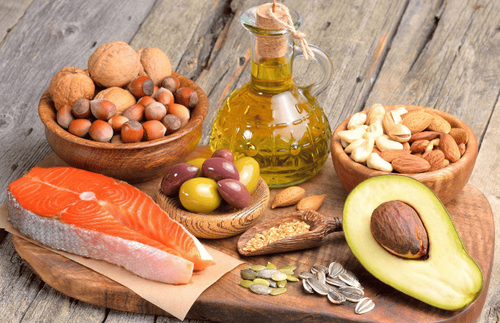
Lipid tham gia vào quá trình điều hòa nhiệt cho cơ thể
2.2. Lipid Needs
Fat is an important energy source in the diet. Energy provided by fat accounts for about 20-50% of total dietary energy (depending on age and physiological status). Dietary cholesterol should be kept below 300mg/day. Lipids of vegetable origin should account for about 30-50% of total lipids.
2.3. Food source
Food of animal origin with high lipid content is fatty meat, fish fat, butter, milk, cheese, egg yolk ... Food of high lipid content is vegetable oil, peanuts, sesame, soybeans, cashews, chestnuts, copra, chocolate...
3. Glucid (sugar powder)
Glucid is an organic compound without nitrogen, based on the number of sugar molecules, people divide glucide into 3 main types: simple sugars, double sugars and polymolecular sugars.
3.1.The role of Glucid
The most important role of glucide is to provide energy for the body: 1 gram of glucide provides 4 Kcal. Shaping because it participates in the body's cell structure Regulates body activities, keeps homeostasis Closely related to lipid metabolism Provides fiber
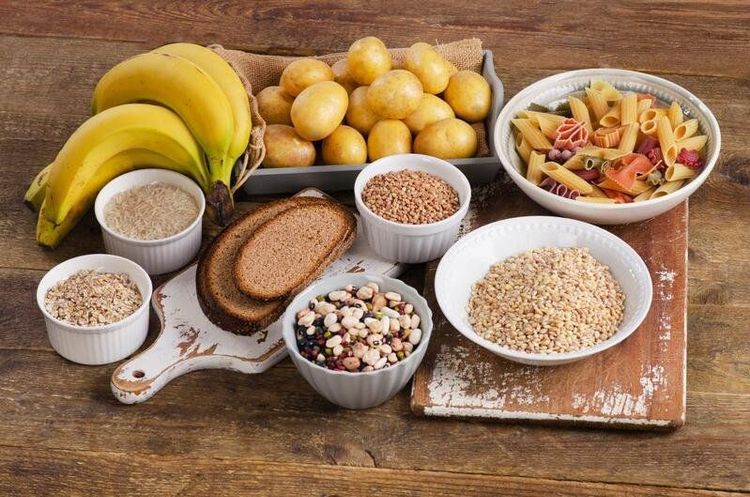
Một trong những công dụng của Glucid là giữ cân bằng nội môi
3.2. Glucose demand
Energy provided from glucid accounts for 50-75% of total dietary energy. However, you should also not eat too much refined glucid such as sugar, confectionery, refined flour or thoroughly milled because it can easily cause blood sugar intolerance and diabetes. If the diet lacks glucose, it can lead to weight loss and fatigue. Dietary deficiency can lead to hypoglycemia or acidosis due to increased ketone bodies in the blood. If you eat too much glucide, the excess glucose will be converted into lipids stored in the body, making it easy to cause overweight and obesity.
3.3.Food source
Plant-based foods are the main source of dietary glucose. Foods of animal origin provide negligible glucose. The carbohydrates in foods of animal origin are glycogen and lactose.
Energy-generating substances play an important role. Depending on health, gender, age... that needs and energy-producing substances change.
Please dial HOTLINE for more information or register for an appointment HERE. Download MyVinmec app to make appointments faster and to manage your bookings easily.




